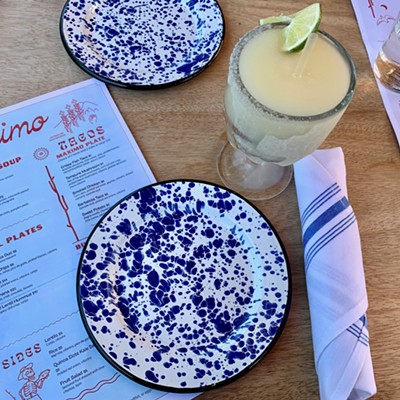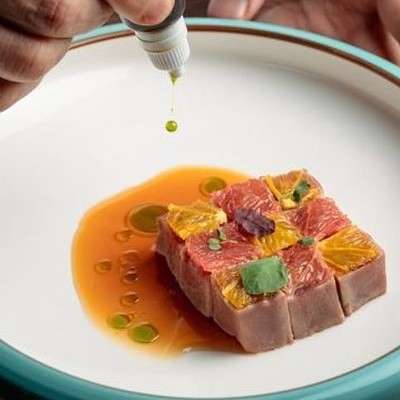It was about this time last year that one of Houston's most beloved (and now sorely missed) wine professionals, Marcy Jimenez, made me drink Merlot.
When I shop at the Houston WIne Merchant, I generally buy a mixed case and I always ask my sales person to include a bottle that I don't know (Antonio Gianola took Marcy's place at the merchant when she left earlier this year and he's my go-to person these days). Last year, Marcy slipped in a bottle of Merlot from Piedmont and by golly, as much as I am loathe to enjoy Merlot grown in Italy (especially Piedmont), I had to admit that it was great.
What's the reason for my prejudice against Merlot, you ask?
We all know the infamous line from the 2004 movie Sideways, where Miles refuses to drink Merlot.
But what a lot of folks don't realize is that Miles isn't talking about Merlot (the grape variety) per se. He's actually referring to the super-fruity, low-acidity, high-alcohol, oaky style of Merlot that California made popular in the 1980s and 1990s. In fact, the Cheval Blanc 1961 that he drinks at the end of the movie is made from Merlot.
It's one of the most famous (and most expensive) wines in the world and it comes from the "right bank" of Bordeaux (Saint-Émilion, to be exact), where growers favor Merlot and the grape performs better (on the "left bank," Cabernet Sauvignon is the leading variety).
Traditionally, these wines are defined by their brilliant, zinging acidity and their vibrant balance of fruit and earth flavors (Californian expressions of Merlot tend to be dominated by intense fruit flavors, the so-called "jammy," "fruit-bombs").
I recently discovered one such wine in a mixed case that I asked Houston wine legend Bear Dalton to select for me at the mothership Spec's where he oversees the fine wine program.
It was the Château Laplagnotte-Bellevue 2009 Saint-Émilion Grand Cru (almost sounds like it's from Lousiana!), which weighed in at just over $26 -- a great value in my book considering the outstanding quality of this wine.
The ripe red fruit of this wine was held in check by wonderful earthy flavors (think mushroom and stone) and its acidity -- bolstered in part by a smaller amount of Cabernet Franc, the traditional blending grape in Saint-Émilion -- brought out the juicy, meaty flavors in the pan-fired pork tacos I had prepared that night for dinner. And that wonderful, electric acidity kept the wine very much alive in the fridge, as I enjoyed it over the course of three nights.
I've liked a lot of the wines that Bear has selected for me. But, man, this one really spoke to me. It's one of those wines that every budding wine enthusiast or professional should taste: It shows Merlot's immense potential as a delicious, food-friendly grape when vinified in a traditional manner (high acidity, balanced alcohol, and judicious oak aging).
My advice: Run don't walk (because if I get there first, there won't be any left).






